Description of powdery mildew on zucchini and methods of its treatment
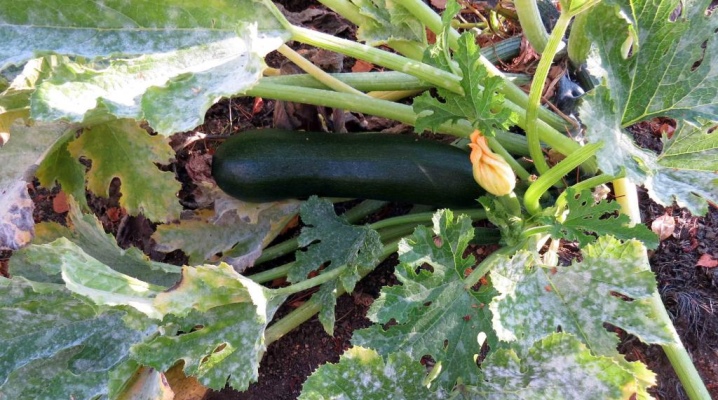
Powdery mildew - a common disease that occurs in plants. It is difficult to treat it, especially in advanced stages. How this disease manifests itself on zucchini, and how to deal with it, we will talk in this article.
Description
Powdery mildew - This is one of the diseases, the cause of which is always a viral fungus. It develops in the ground and subsequently moves to the leaves of plantings.
The main symptom of powdery mildew on zucchini appears on the leaves. Whitish stains form on them, which look like flour and at first do not bode well. However, if you do not start treating the disease as soon as possible, then subsequently it will be more difficult to fight it. It will spread not only to the stem of the affected crop, but also to other zucchini that are located nearby.
These white streaks turn brownish in a short time. This happens in a couple of days. This phenomenon demonstrates the aggravation of the state of the plant and the active development of the disease, which entails not only the death of all squash plantings along with the fruits, but also problems with other cultivated plants. The leaves of the squash and its lashes gradually begin to fade, which happens due to the fact that the whitish bloom does not allow the sun and its rays to penetrate into the leaves. This causes a deficiency of substances necessary for the plant and, as a result, the death of the leaves.
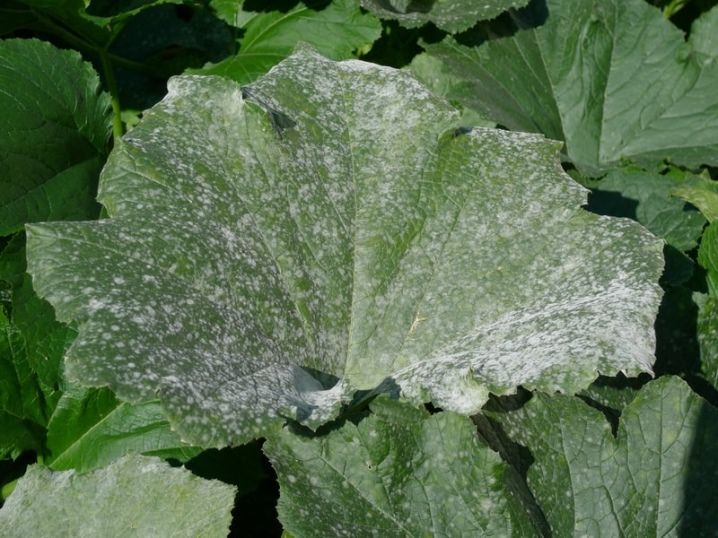
This disease can subsequently be easily transferred by water or wind, thereby affecting the rest of the plants in the garden.
Reasons for the appearance
There are many factors that can cause the appearance of powdery mildew. The first of these are weather conditions. Heat and rain are favorable conditions for the development of powdery mildew. It is in such conditions that active reproduction and development of a harmful fungus occurs. Temperature fluctuations can also contribute to the emergence of the virus.
Influence on the emergence of a harmful disease can be plant residues that have not been harvested after last year's harvest. This fact should also be taken into account, since fungal spores are quite capable of remaining on such residues.
Infection can also occur from infected soil. This can happen if last year's plantings got sick with powdery mildew. Even if you were able to get rid of it, cured your plants and burned plant debris, the spores of the viral fungus could well remain in the ground. There they calmly endure the winter cold, and when good conditions come, they begin to actively multiply and again infect the plants.

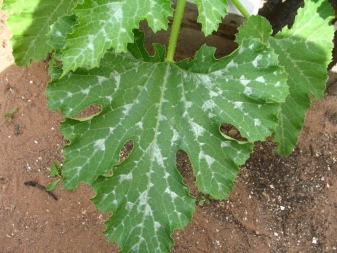
The cause of plant disease with powdery mildew can be deficiency or, conversely, excess of fertilizers... For example, if a large amount of fertilizer with a nitrogen content has been applied to the soil, this will adversely affect the planting. If there is a deficiency of potassium supplements, this can also give an impetus to the development of a pathogenic fungus.
In addition, the cause of the disease can be mistakes made when plowing and cultivating the land, irregular harvesting of weeds, too close the sprouts to each other and the lack of treatment for the plants necessary for the disease.
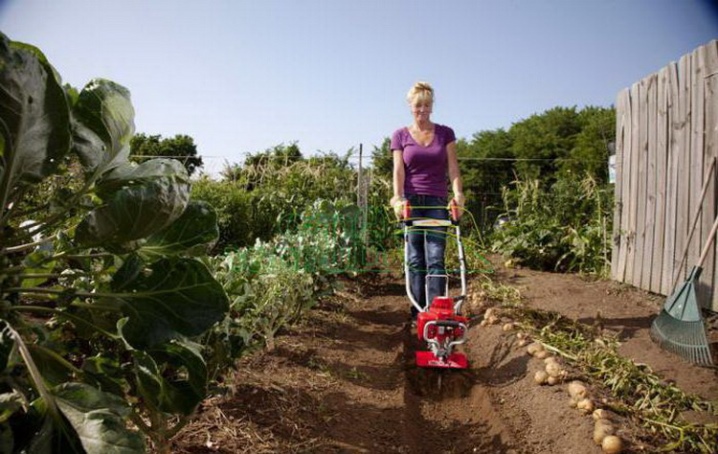
How to fight?
Chemicals
Many summer residents do not like to use such methods. Chemicals are highly toxic, which is why they can harm both the environment and the person himself. However, the high efficiency of these funds has been confirmed, especially if they are applied in a timely manner.
Before using powdery mildew products, it is necessary to remove all affected parts of the plantings. If the entire bush is infected, then it would be better to get rid of it completely.
After that, you can start processing with chemicals. The most popular in our time for the elimination of powdery mildew are considered to be such means as Fitosporin, Fundazol, Topaz, Tsineb. You can also resort to using sulfur-based or copper-based chemicals such as copper sulfate, Bordeaux liquid, and colloidal sulfur.
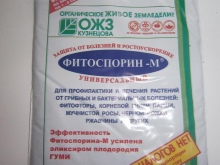
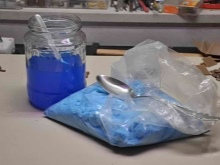
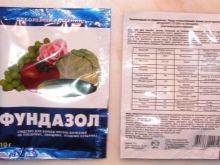
It is necessary to prepare a mixture of preparations and spray the plants with it, strictly following the instructions so as not to harm yourself or sick plants. Please note that it is not recommended to eat those plants that have been subject to chemical processing.
If necessary, you can process it several times at intervals of a week or two, but this depends only on the condition of the plant. Zucchini fruits are allowed to be eaten after at least a week after the last processing.
Please note that if you treat plants with the same drug too often, then the fungus may develop resistance, that is, addiction, due to which the effectiveness of the agent will subsequently be reduced to zero. Therefore, the treatment must be carried out with different preparations.
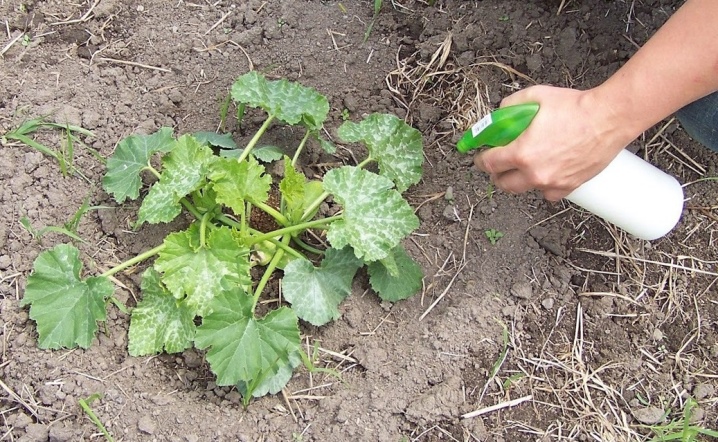
Folk remedies
Tools of this kind are used by gardeners just as often. They are effective, but it is recommended to use them only if the damage to the plants does not exceed 10%. Otherwise, you will have to resort to chemicals.
Solutions of this kind are easy to make. It is possible to prepare them with your own hands at home. Below are the most effective recipes.
- Soda... In the fight against diseases, such a component as soda helps the most. To prepare a solution based on it, you need 25 grams of soda and 5 grams of liquid soap. All this must be diluted in 5 liters of water, after which it is necessary to carry out two treatments of the upper soil layers with an interval of 10 days with the resulting solution.
- Ash... Another popular solution that is used in the fight against plant pests and various diseases. To prepare it, you need a liter of water and a glass of ash. All this should be infused for about 2 days, after which 4 grams of soap diluted in a small amount of water must be added to the solution. After that, you can start spraying the plants. This should be done at intervals of 7 days. For normal cases, 2 treatments will be enough, but if the situation is very neglected, then their number will be permissible to increase.
- Potassium permanganate... This solution is also highly effective if your plants get sick with powdery mildew. You will need to dissolve 5 grams of the product in 10 liters of water, after which you can water the plant with the product. Spraying with potassium permanganate helps to stop the reproduction and spread of the fungus.
- Iodine... Iodine is another well-proven solution component. To prepare it, you need a milliliter of iodine, a liter of whey or skim milk, and 9 liters of water. To all this, it is allowed to add a tablespoon of liquid soap, which will increase the effectiveness of the solution. After that, you can carry out the processing of plants. This should be done at intervals of 2 weeks, achieving complete elimination of powdery mildew. Please note that a side effect of such treatment can be an active set of green mass by the plant and abundant fruiting.
- Milk serum... Separately, this component, being diluted with water, is also highly effective. For the solution, you need to dissolve whey in cold water in a ratio of 1 to 10, after which you can spray your plants with it.
- Mullein... This remedy is also very effective in the fight against viral diseases of squash and other cultivated plants. For the solution, you need 1/3 of a bucket of mullein, the remaining space must be completely filled with cold water. All this mixture should be infused for about 3 days, while it must be stirred periodically. After 3 days, the mixture must be filtered with a thick cloth, and then diluted with clean water in a ratio of 1 to 10. After that, the plants can be processed, but note that they must be sprayed in the evening after sunset so that the zucchini does not get sunburn ...
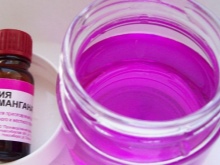

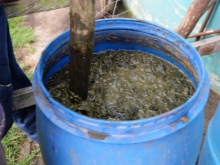
In addition, there are still a lot of folk remedies that are effective in the fight against powdery mildew. These include solutions based on kefir, mustard, as well as garlic or onion infusion.
Prevention measures
Preventive measures are also of great importance, since they help to strengthen the plant and protect it from various diseases.
So, after the final harvest, it is necessary to remove all tops and weeds. It is advisable to burn those plants that were sick before in the fire, as they can become carriers of infections for new plantings.
Before the onset of frost, the land where the plantings grew must be well dug up. If there were fungal spores in the ground, then after that they will be on the surface of the soil, because of which they will subsequently die.
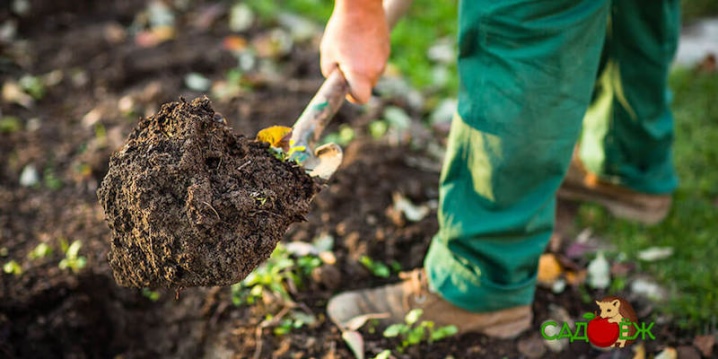
It is recommended to follow the crop rotation rule. It involves planting plants in different beds. It is allowed to repeat the landing site only after 4-5 years.
Proper care of the plant plays an important role in prevention. The crop must be weeded frequently, provided with the required amount of moisture and nutrients. However, you should not get carried away with fertilizers, as this can be harmful.
Inspect the foliage and whips of the squash regularly, especially during hot periods. This will make it possible to detect the disease in the early stages, and save the plant.
Also, make sure that pests do not attack your plant. They can not only harm your plant, but also infect it with disease, being its carrier.
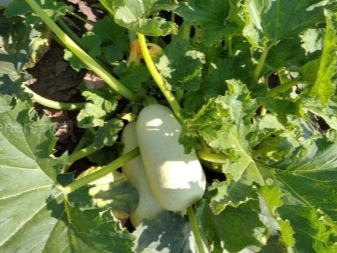
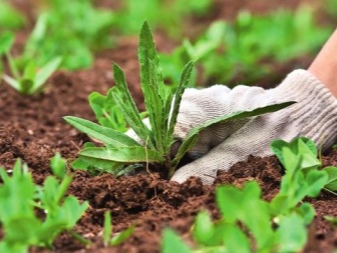













The comment was sent successfully.